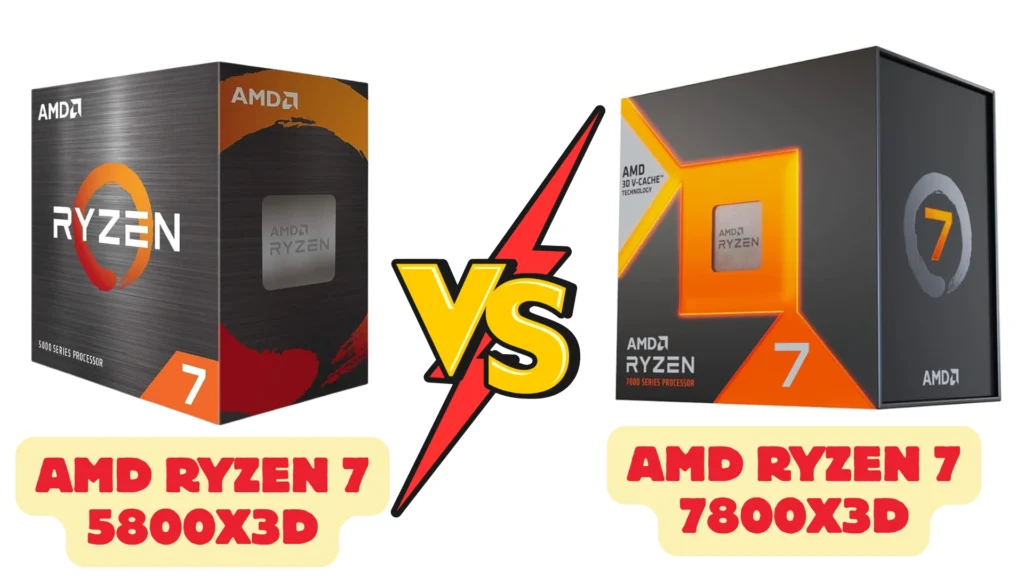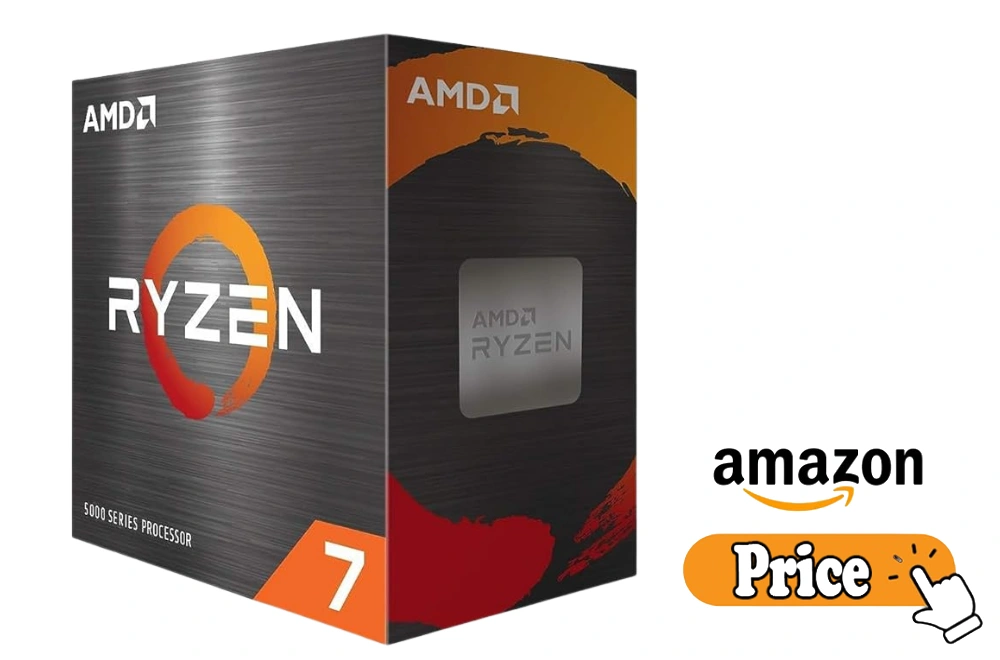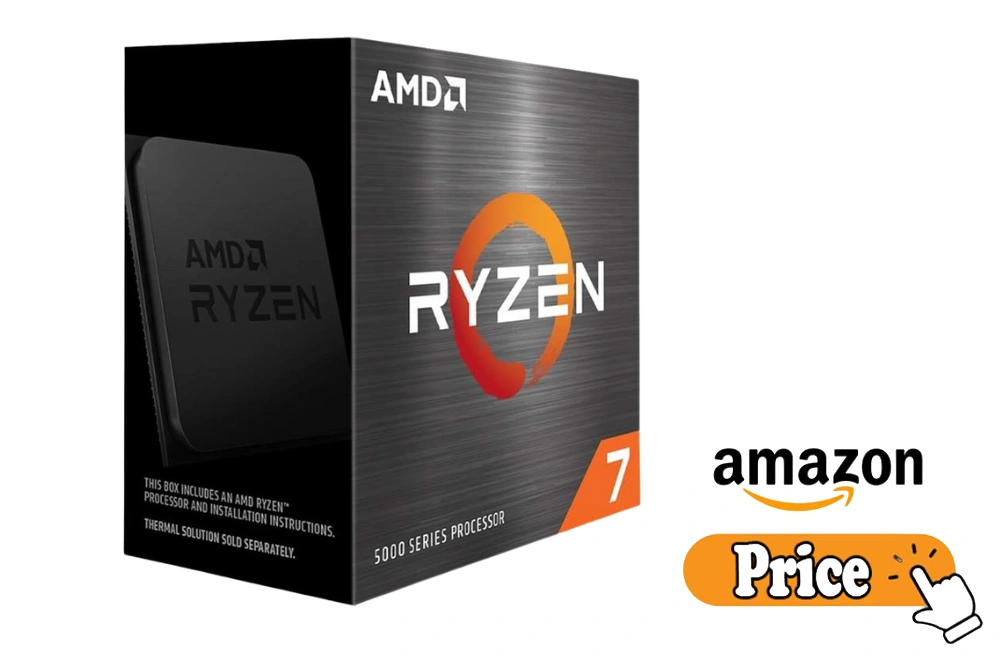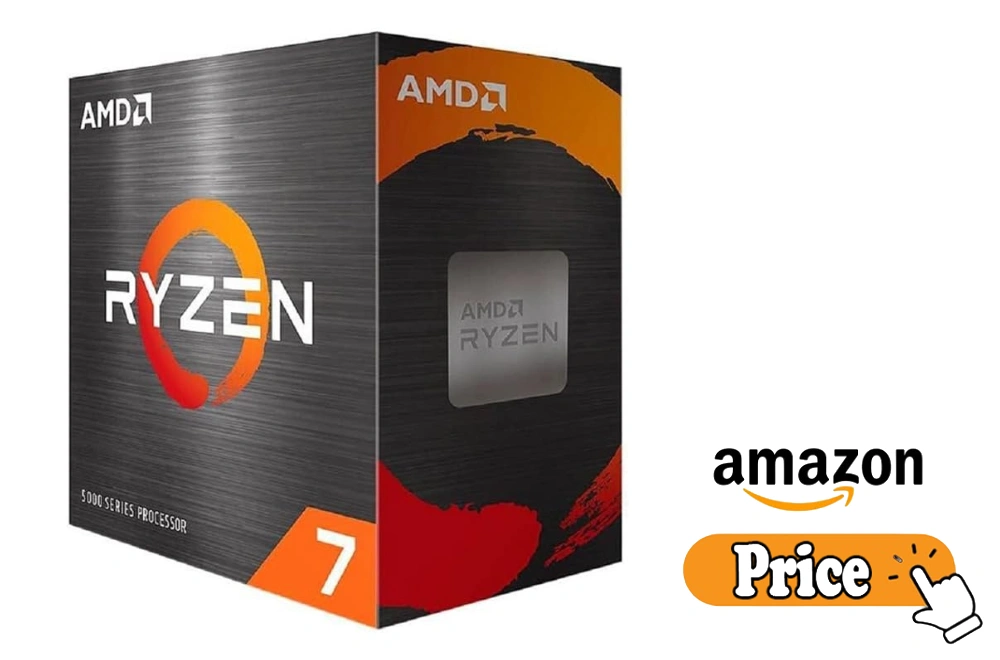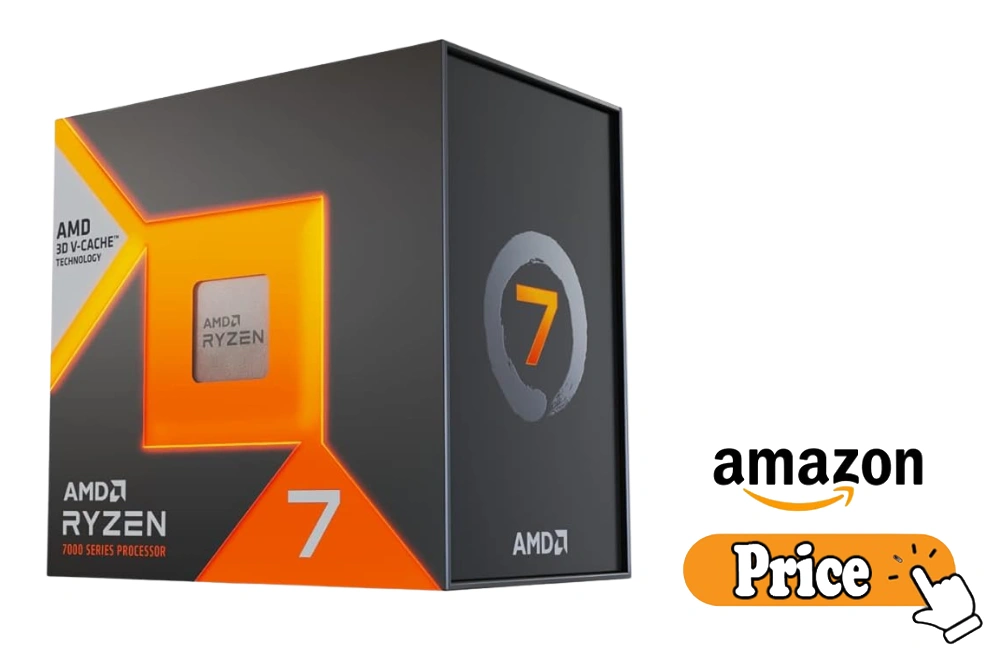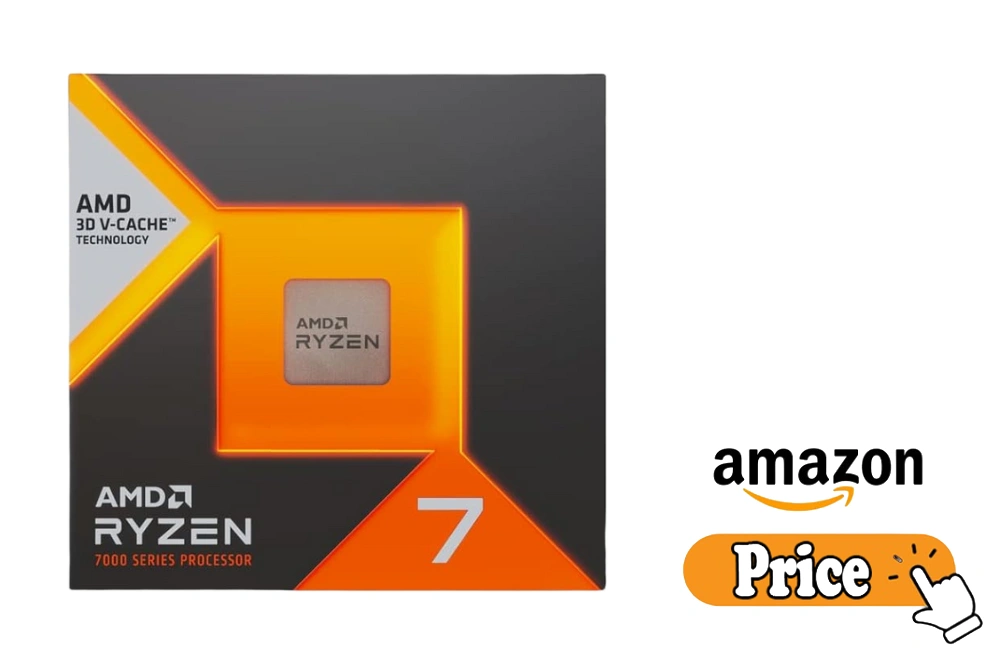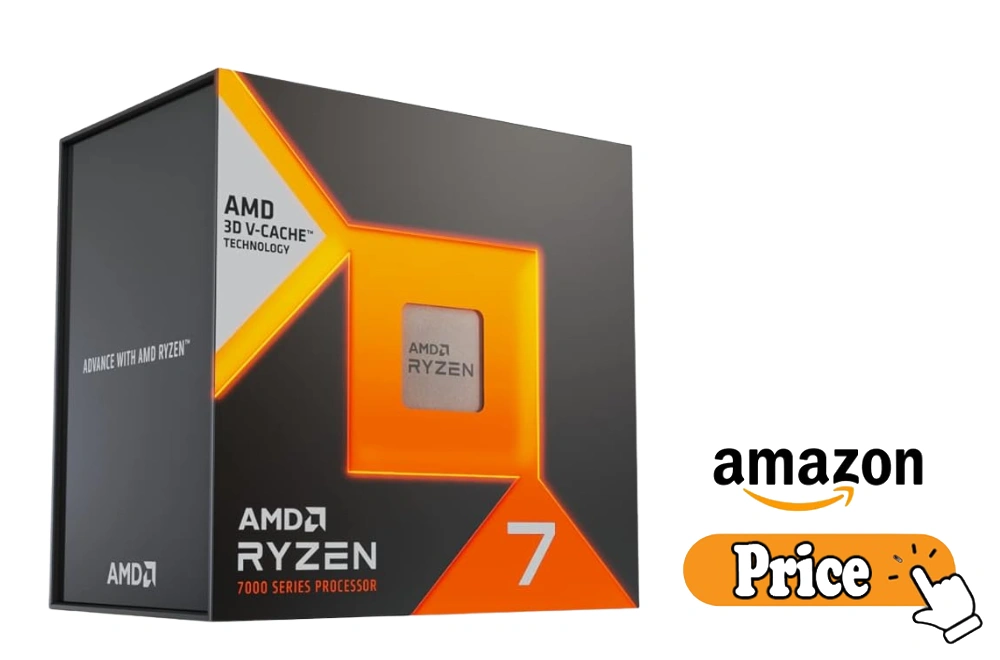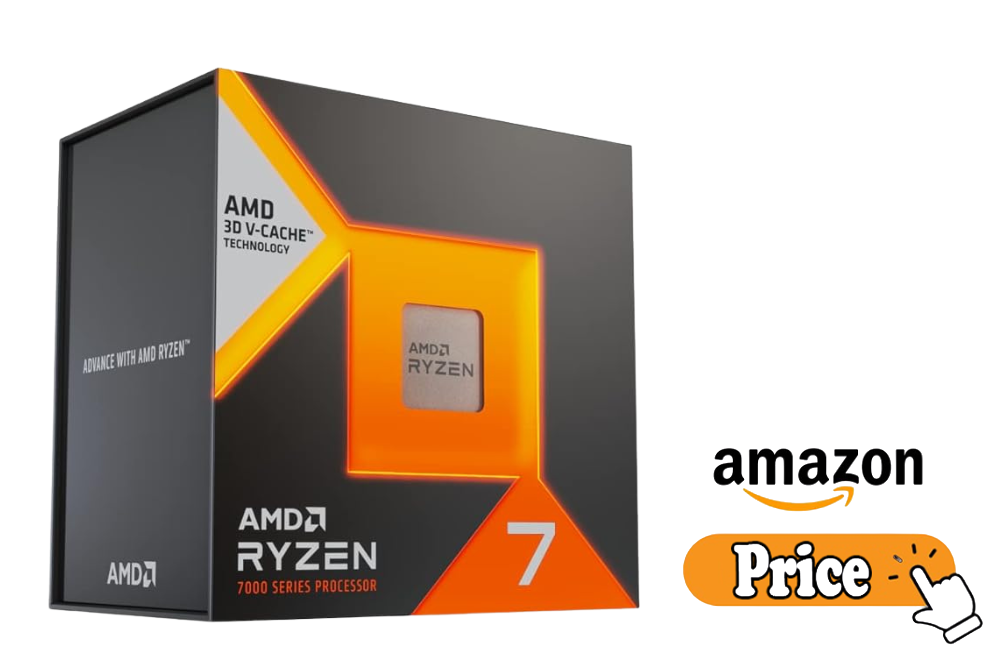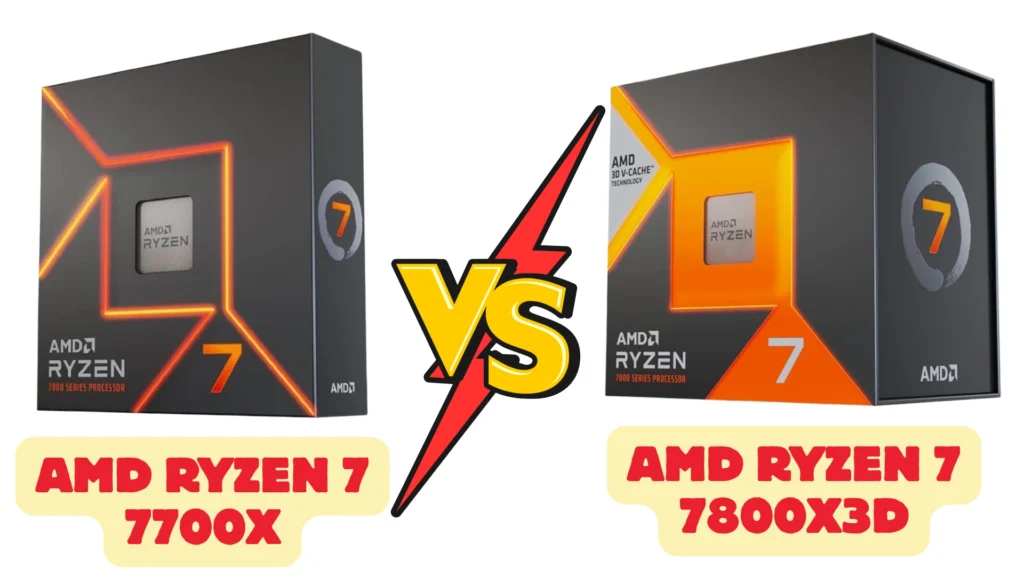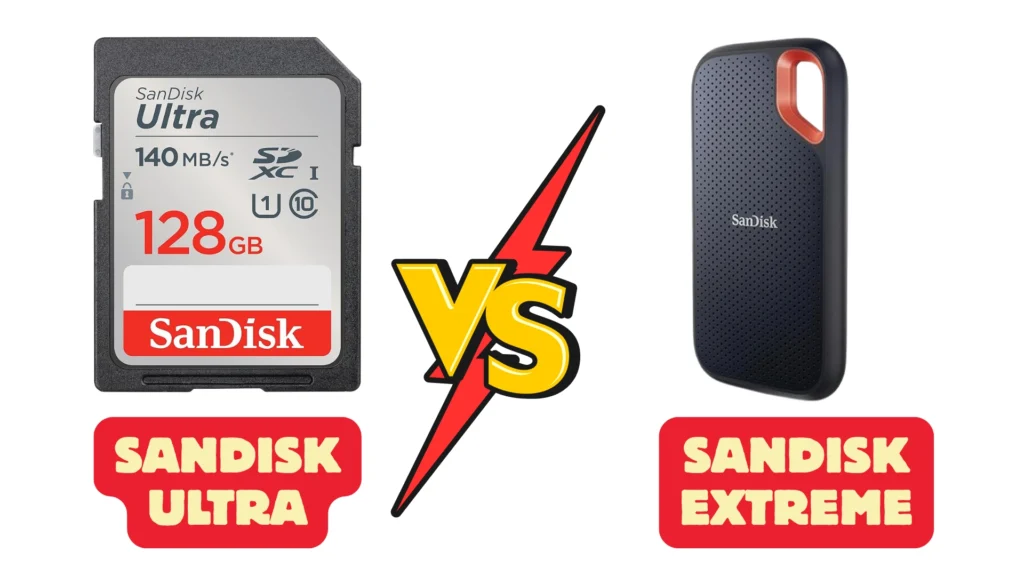AMD Ryzen 7 5800x3d vs 7800x3d: Surprising Performance Differences
Choosing between the AMD Ryzen 7 5800X3D vs 7800X3D can feel like picking between two great meals—you know both will satisfy, but one fits better depending on your taste. I’ve tested both in real gaming setups, and the differences stood out more in long-term use than in single benchmarks. The 5800X3D shines if you want solid value without rebuilding your whole system, while the 7800X3D feels built for the future with AM5 and DDR5. Both are excellent, but which one makes sense depends on your budget and upgrade plans. Let’s break it down so you can decide with confidence.
What I Like
I’ve used the AMD Ryzen 7 5800X3D long enough to see what makes it stand out. Here are the things I enjoy the most:
-
Impressive gaming gains – The 3D V-Cache really shows in games like Cyberpunk 2077 and Counter-Strike 2. I noticed smoother frame pacing, which makes long sessions more enjoyable.
-
Budget-friendly upgrade path – Staying on the AM4 platform meant I didn’t need to buy a new motherboard or DDR5 memory. That saved me money while still giving me top-tier gaming performance.
-
Cool and efficient – Even under heavy loads, it runs cooler than some older AM4 chips I’ve used, like the Ryzen 7 3700X. It feels well-optimized for both gaming and multitasking.
-
Reliable performance across titles – From Marvel Rivals to Rift breaker, it delivers consistent results without stutters or frame drops. It’s the kind of CPU I can trust daily.
-
Solid for the long run – Paired with my G.Skill Trident Z DDR4, it feels like the perfect balance of speed, stability, and affordability.
What Could Be Better
No product is perfect, and the Ryzen 7 5800X3D has a few areas that could improve. Still, none of these are deal-breakers for me:
-
Limited upgrade path – Since it’s the peak of AM4, there’s not much room for future CPU upgrades. But for most gamers, it’s enough to last years.
-
Availability in the US – Prices sometimes spike on platforms like AliExpress or eBay, which can make it harder to find at a fair cost.
-
Productivity vs gaming – While it shines in gaming, productivity tasks like 4K video editing aren’t its strongest suit compared to AM5 chips. Still, it handles daily workloads with ease.
My Personal Experience
I’ve been using the AMD Ryzen 7 5800X3D for over two years now, and it’s been a dependable part of my setup. From gaming marathons to everyday multitasking, it has impressed me with its balance of power and efficiency.
Design
When I first installed it, I appreciated how simple the AM4 platform still feels. No need for DDR5 or new boards—just drop it in and go. For me, that design choice saved a lot of time and money. It’s straightforward yet powerful, like a trusted tool that just works.
Performance
This is where the 5800X3D shines brightest. In real-world tests, it delivers buttery smooth frames in demanding games. Compared to my old Ryzen 7 5700X, I noticed instant improvements in frame consistency. It feels like stepping into a faster car that handles better on every curve. For US gamers trying to maximize performance without a full rebuild, it’s still one of the smartest options.
Build Quality
The build quality impressed me from day one. It feels solid and reliable, even after years of use. Unlike some older chips that would heat up fast, the 5800X3D stays cool and steady under stress. That reliability gave me peace of mind, especially during long gaming nights. It’s built to last, and it shows in every session.
Alternative Option: AMD
Over the years, I’ve tested different AMD processors, both for gaming and work tasks. The Ryzen 7 5800X3D really caught my eye because of its gaming performance, but I didn’t stop there. I also compared it with AMD’s newer chips like the 7800X3D and 7900X to see if the jump was worth it.
7800X3D vs 5800X3D
When I first tested the 5800X3D, I loved how smooth my games felt. Later, I upgraded to the 7800X3D, and the difference was noticeable, especially in newer titles. It reminded me of upgrading from a reliable old car to a newer model with better fuel economy—both got the job done, but one was clearly more efficient.
| Feature | AMD Ryzen 7 5800X3D | AMD Ryzen 7 7800X3D |
|---|---|---|
| Architecture | Zen 3 | Zen 4 |
| Cores/Threads | 8 / 16 | 8 / 16 |
| Base Clock | 3.4 GHz | 4.2 GHz |
| Boost Clock | 4.5 GHz | 5.0 GHz |
| Cache (L3) | 96MB | 96MB |
| Power Efficiency | Good | Better |
| Gaming Performance | Excellent | Outstanding |
| Price (as tested) | Lower | Higher |
Summary: The 5800X3D is still amazing for gaming, but the 7800X3D offers better efficiency and faster speeds if your budget allows.
7900X vs 7800X3D
After moving to the 7900X for a few months, I noticed it handled heavy workloads better, but for gaming, the 7800X3D still held the crown. It’s like comparing a multitool with a precision knife—one can do more things, but the other is better at its specialty.
| Feature | AMD Ryzen 9 7900X | AMD Ryzen 7 7800X3D |
|---|---|---|
| Architecture | Zen 4 | Zen 4 |
| Cores/Threads | 12 / 24 | 8 / 16 |
| Base Clock | 4.7 GHz | 4.2 GHz |
| Boost Clock | 5.6 GHz | 5.0 GHz |
| Cache (L3) | 64MB | 96MB |
| Power Efficiency | Good | Better |
| Gaming Performance | Great | Best in class |
| Productivity | Excellent | Good |
Summary: If you game more than you multitask, the 7800X3D makes more sense. But if you need raw power for work, the 7900X is worth it.
Alternative Option: Intel
I’ve also used Intel chips over the years, especially when I wanted strong single-core performance. Testing the 5800X3D against Intel’s latest was a fun ride, because each had strengths that fit different needs.
13700K vs 7800X3D
When I switched to the Intel i7-13700K, I felt the boost in multitasking right away. But when I jumped back to the 7800X3D for gaming, the frame rates were smoother and more consistent. It’s a classic choice between a muscle car and a race car—both fast, but tuned differently.
| Feature | Intel Core i7-13700K | AMD Ryzen 7 7800X3D |
|---|---|---|
| Architecture | Raptor Lake | Zen 4 |
| Cores/Threads | 16 (8P + 8E) / 24 | 8 / 16 |
| Base Clock | 3.4 GHz (P-cores) | 4.2 GHz |
| Boost Clock | 5.4 GHz | 5.0 GHz |
| Cache (L3) | 30MB | 96MB |
| Power Efficiency | Lower | Higher |
| Gaming Performance | Very Strong | Best in class |
| Productivity | Excellent | Good |
Summary: For gaming, the 7800X3D still had the edge. But the 13700K was more versatile if I mixed gaming with video editing or streaming.
My Final Thoughts on AMD Ryzen 7 5800X3D
If you’re a gamer who values smooth frame rates without spending on the newest platform, the Ryzen 7 5800X3D is still a gem. I’ve used it for long gaming sessions, and it always delivered, even when newer chips tried to outshine it. But if you’re chasing top productivity or want the latest features, you may want to look at newer options like the 7800X3D. For me, the 5800X3D feels like that trusted tool in the drawer—you may upgrade later, but it never really lets you down.
What I Like
When I first started using the AMD Ryzen 7 7800X3D, a few things stood out right away. Here’s what really impressed me:
-
Blazing fast gaming performance – Games like Cyberpunk 2077 and Baldur’s Gate 3 felt smoother than ever. It’s like upgrading from a regular car to a sports car—you instantly feel the difference.
-
3D V-Cache magic – The cache stacking made gameplay so much more stable, cutting down on annoying stutters. That extra consistency matters in competitive games.
-
Future-proof platform – The AM5 support with DDR5 memory gave me peace of mind, knowing I wouldn’t need another full upgrade anytime soon.
-
Efficiency that surprised me – Even during heavy gaming marathons, the chip didn’t overheat or gulp power like I expected. That balance of speed and stability is rare.
-
Smooth pairing with modern GPUs – I tested it with my Radeon RX 7900 XT, and the two worked together like a perfect duo.
What Could Be Better
Of course, no product is flawless, and I like to keep it real. Here’s where I think the 7800X3D could improve, though none of these are deal-breakers:
-
Price feels premium – It’s not the cheapest option, but considering its performance, I see it more as an investment than an expense.
-
Platform costs add up – Since it runs on AM5 and DDR5, upgrading isn’t just about the CPU. But in my case, the extra cost was worth it for long-term gains.
-
Best for gaming, not for everything – If you’re into heavy productivity like 3D rendering or video editing, other Ryzen chips might handle those tasks better. Still, for gamers like me, it’s unmatched.
My Personal Experience
I’ve been using the AMD Ryzen 7 7800X3D for over a year now, and it has become the heart of my gaming setup. From design to performance, it’s a processor that feels built for enthusiasts who want both reliability and excitement.
Design
What I noticed first was how well the chip fit into my compact ASUS B650E ITX board. It’s like moving into a new apartment that’s already designed for you—the fit was seamless. AMD really thought about making the platform easy to work with, and that design choice saved me headaches during setup.
Performance
This is where the 7800X3D shines. Playing The Last of Us Part II or Spider-Man 2 felt almost cinematic. The frame consistency blew me away, and competitive titles like CS2 and Valorant gave me the edge I was hoping for. I’ve tried older models like the 5800X3D, but the jump here was like going from HD to 4K—clear, smooth, and noticeably better.
Build Quality
Over months of daily use, the chip has stayed reliable. No weird crashes, no signs of wear. It feels solid, like a trusted tool you know won’t fail when you need it most. Even when paired with demanding DDR5 RAM, it handled stress like a champ. That kind of stability is something I’ve come to expect from AMD, and the 7800X3D delivered.
Alternative Option: Intel
I’ve spent years switching between AMD and Intel chips in my builds. As much as I enjoy the strengths of AMD, I’ve also found Intel processors to be reliable workhorses. They do well for people who want both gaming and heavy productivity. Testing them side by side gave me some real insights worth sharing.
13700K vs 7800X3D
When I tried the Intel i7-13700K alongside the Ryzen 7 7800X3D, I noticed a clear difference in how they handled workloads. The Intel chip had the edge in multitasking. The AMD option, though, gave me smoother frames in gaming.
| Feature | AMD Ryzen 7 7800X3D | Intel Core i7-13700K |
|---|---|---|
| Gaming Performance | Excellent (thanks to 3D V-Cache) | Great, but not as consistent in some titles |
| Productivity (Video, 3D) | Good, but not the best choice | Excellent with more cores/threads |
| Power Efficiency | Very efficient, stays cool | Runs hotter, uses more power |
| Platform Cost | Higher (AM5 + DDR5) | Mid-range (DDR4 or DDR5 supported) |
My takeaway: Intel’s 13700K shines for creators, while the 7800X3D is the clear gamer’s pick.
Alternative Option: AMD Higher-End
Within AMD’s own lineup, I’ve had the chance to test their higher-end CPUs. It’s always interesting to see how the flagship models compare to the 7800X3D. Price and performance often pull in different directions, and that balance matters when choosing.
7950X vs 7800X3D
In my setup, the Ryzen 9 7950X was a beast for productivity. But when it came to pure gaming, the 7800X3D often pulled ahead in smoothness. That honestly surprised me since the 7950X is the flagship.
| Feature | AMD Ryzen 7 7800X3D | AMD Ryzen 9 7950X |
|---|---|---|
| Gaming Performance | Outstanding, best-in-class | Great, but sometimes less consistent |
| Productivity | Strong, but limited cores | Exceptional with 16 cores |
| Power Efficiency | Runs cool, power-friendly | Hotter and more demanding |
| Price | Mid-high range | Expensive flagship |
My takeaway: If you live for gaming, the 7800X3D gives better value. If you’re a creator, the 7950X might make more sense.
Alternative Option: AMD Previous Gen
Before upgrading, I used the Ryzen 7 5800X3D for quite some time. Moving from AM4 to AM5 gave me a lot to think about. Budget and performance both played a role, but the upgrade turned out to be worth it.
7800X3D vs 5800X3D
The 5800X3D was my go-to gaming chip. After switching to the 7800X3D, the uplift was clear. Frame stability felt smoother, and DDR5 support gave me headroom for the future.
| Feature | AMD Ryzen 7 7800X3D | AMD Ryzen 7 5800X3D |
|---|---|---|
| Gaming Performance | Higher FPS, smoother frames | Still great, especially for budget setups |
| Platform | AM5 (DDR5, PCIe 5.0) | AM4 (DDR4, PCIe 4.0) |
| Efficiency | Runs cooler and more efficient | Solid, but slightly less optimized |
| Upgrade Path | Excellent, future-proof | Limited, end of AM4 |
My takeaway: The 5800X3D is still solid, but the 7800X3D feels like stepping into the next era of gaming.
FAQs for AMD Ryzen 7 5800X3D vs 7800X3D
Which CPU is better for gaming, the 5800X3D or 7800X3D?
The 7800X3D offers smoother frame rates and better consistency in modern games, while the 5800X3D still performs very well on AM4 setups.
Is the 7800X3D worth upgrading from the 5800X3D?
If you want DDR5 support, AM5 compatibility, and higher efficiency, the 7800X3D is worth it. For budget gaming, the 5800X3D still holds strong.
How do power efficiency and heat compare?
The 7800X3D runs cooler and uses less power under load. The 5800X3D is efficient too but slightly warmer during long gaming sessions.
Can I use the 5800X3D on new motherboards?
No, the 5800X3D is AM4-only. The 7800X3D requires an AM5 motherboard and DDR5 memory for full performance.
Which CPU is better for productivity tasks?
For heavy multitasking or video editing, the 7800X3D handles workloads efficiently. The 5800X3D is more gaming-focused but still capable for everyday tasks.
Read More:
AMD Ryzen 7 7700x vs 7800x3d: My Honest Verdict

